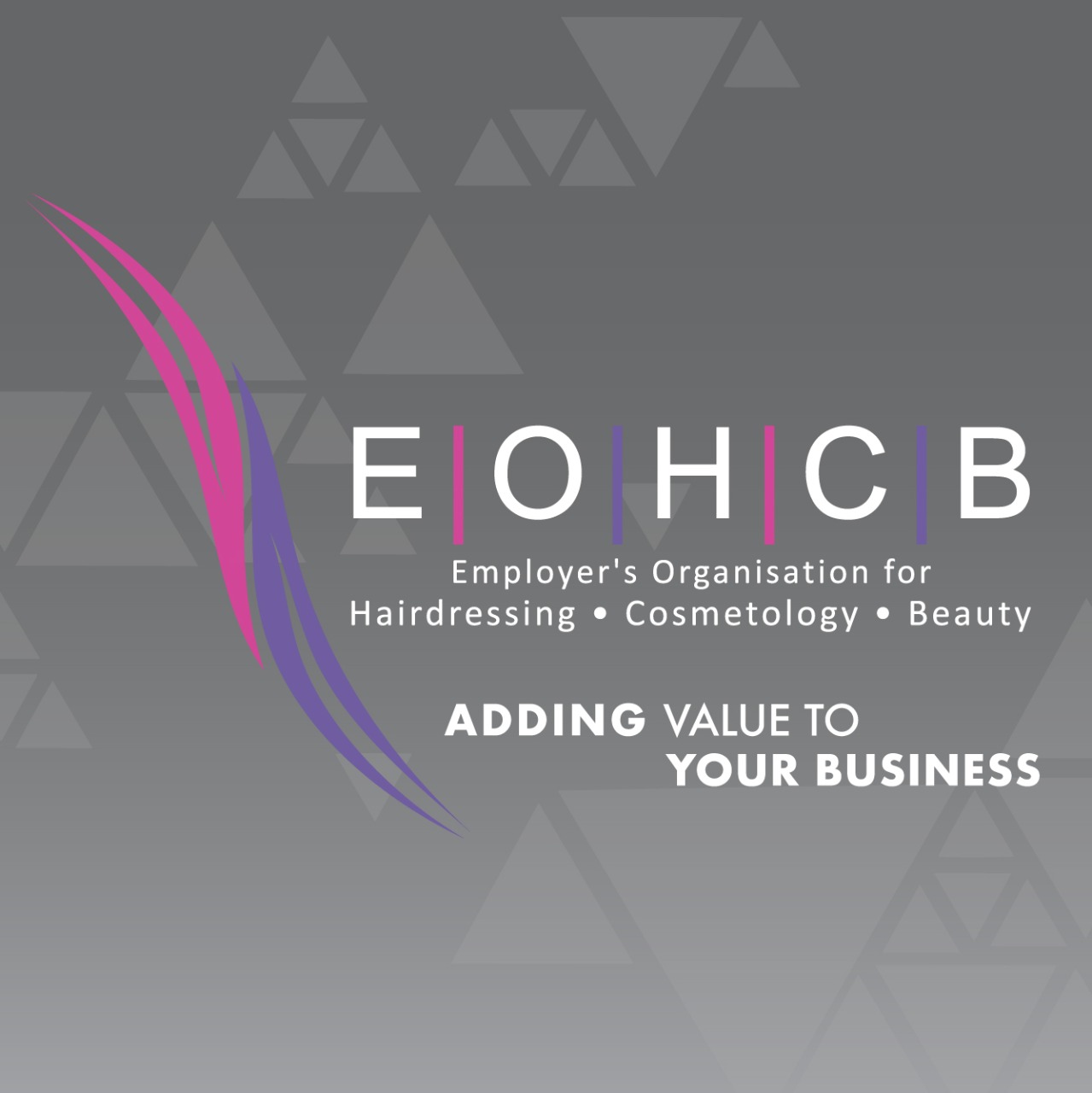BURNOUT: BUILDING A PROACTIVE STAFF WELLNESS CULTURE IN THE COSMETOLOGY INDUSTRY
- EOHCB National

- May 15
- 3 min read

The beauty industry thrives on creativity, personal connections, and high-energy environments. However, behind the glamour, many professionals face chronic stress, emotional fatigue, and unrealistic expectations—factors that, if ignored, lead to burnout.
While discussions around burnout prevention have been explored, an overlooked priority is staff wellness as a long-term strategy rather than a reactive fix. Salon/Spa owners and managers must move beyond recognising burnout and actively implement wellness-focused solutions that safeguard mental, physical, and emotional well-being.
Why Staff Wellness Matters More Than Burnout Prevention
Historically, the conversation around workplace burnout has centred on spotting warning signs and reacting to stress-related symptoms. However, research now suggests that proactive staff wellness programmes not only reduce burnout but enhance productivity, retention rates, and overall job satisfaction. Unlike basic burnout interventions, a staff wellness culture prioritises sustainable habits, workplace harmony, and emotional resilience.
The Unique Challenges Beauty Professionals Face
The beauty industry presents distinct wellness challenges compared to corporate office settings:
Physical exhaustion – Long hours standing, repetitive motions, and strain from styling techniques.
Emotional labour – Listening to personal client stories, absorbing stress, and maintaining high-energy service.
Demanding schedules – Late shifts, fluctuating incomes, and client expectations.
Workplace conflicts – Interpersonal tensions, toxic work environments, and team culture struggles.
The Link Between Wellness and Business Success
Investing in staff wellness isn't just about ethics—it directly impacts business performance. Studies show that workplaces with mental wellness policies experience:
Lower absenteeism—Reduced sick days and unplanned leave.
Higher productivity—Employees perform better when stress levels are managed.
Improved staff retention—Well-supported employees are less likely to resign.
Better customer service—Happy employees create a positive client experience.
Case Study: Emotional Resilience in the Salon Industry
A LinkedIn study highlights the growing emotional burden placed on hairstylists, who often act as unofficial therapists for their clients. Without proper emotional wellness support, these professionals experience compassion fatigue, leading to exhaustion and disengagement. The study suggests setting emotional boundaries and implementing mental wellness programmes to create a healthier work culture.
Strategies for Creating a Workplace Focused on Wellness:
Implement Holistic Wellness Programmes
Instead of reacting to burnout, introduce structured wellness initiatives such as:
Mindfulness training – Stress management workshops to promote emotional resilience.
Flexible scheduling – Custom shift arrangements that reduce exhaustion.
Wellness incentives – Rewards for consistent self-care practices.
Train Leaders to Recognise Emotional Wellness Needs
Salon/Spa managers should move beyond administrative tasks and focus on employee well-being. Leadership training should include:
Emotional intelligence coaching – Helping managers support staff emotionally.
Conflict resolution workshops – Addressing tensions before they escalate.
Mental health awareness – Understanding stress triggers in the workplace.
Encourage Open Dialogue Without Stigma
A major obstacle to wellness is that employees fear appearing weak if they admit stress. Creating a safe space for discussion can normalise wellness concerns and reduce workplace stigma. Employers should:
Host mental wellness check-ins – Regular discussions on stress levels.
Provide access to counselling resources – Confidential support services.
Encourage peer support systems – Wellness mentors within the team.
Redefine Work-Life Balance with Industry-Specific Adjustments
Many corporate wellness models don't fit the beauty industry. Instead, tailor work-life balance strategies to suit salon/spa environments:
Reduce last-minute client bookings – Prevents overworking staff.
Prioritise self-care within the workday – Scheduled rest breaks for employees.
Offer wellness retreats or offsite events – Encourages mental recharge.
Moving Beyond Burnout Into a Wellness Culture
For years, burnout has been a reactive issue in beauty workplaces. But forward-thinking salons/spas should shift the conversation to ongoing wellness initiatives—before burnout happens. Investing in staff wellness isn't just an ethical decision; it's a strategic business move that enhances productivity, morale, and client satisfaction. By embracing holistic wellness programmes, empowering leaders to prioritise employee well-being, and adjusting workplace policies, beauty businesses can transform their work culture into one where staff thrive—not just survive.

